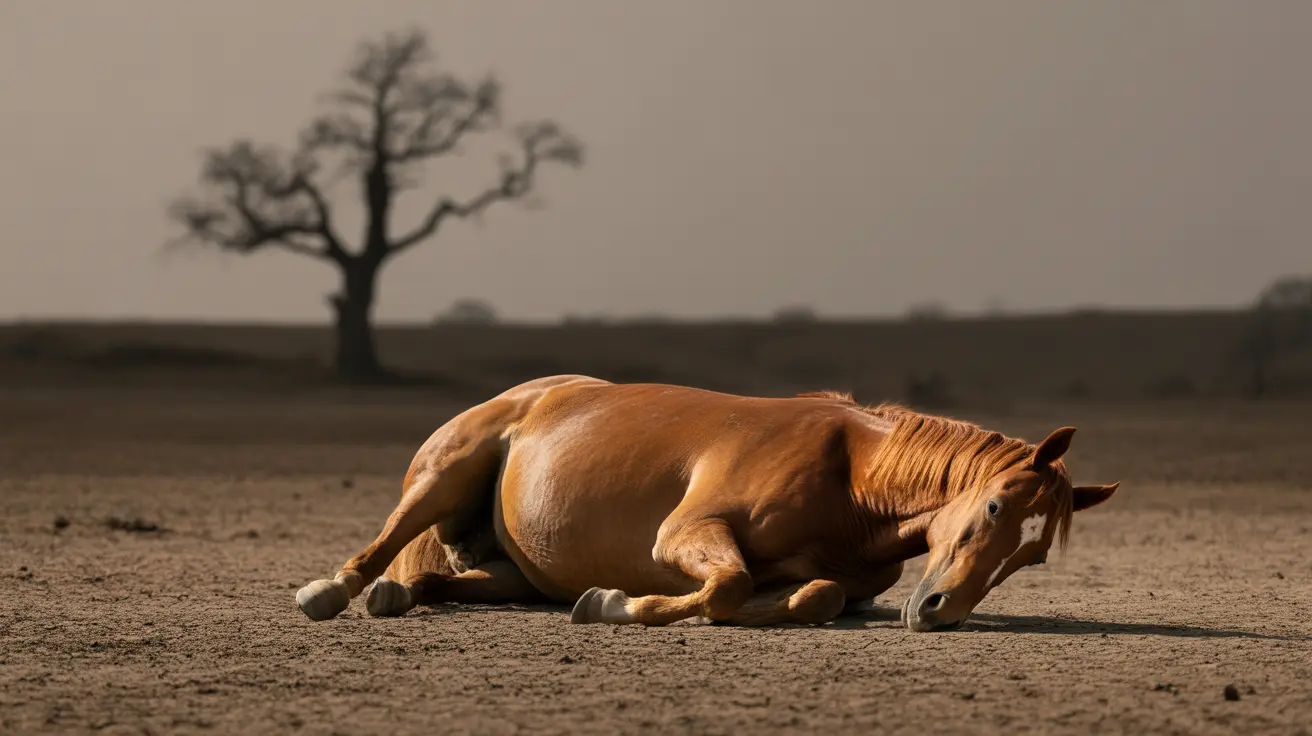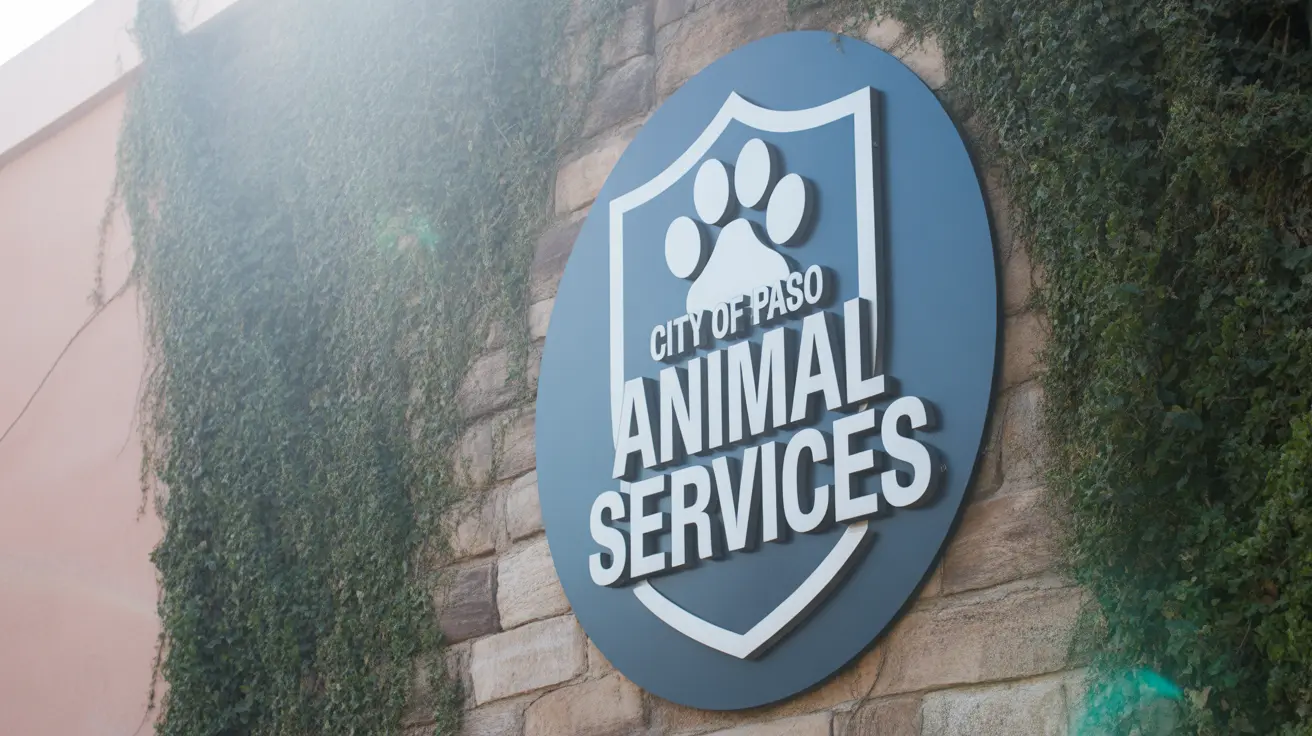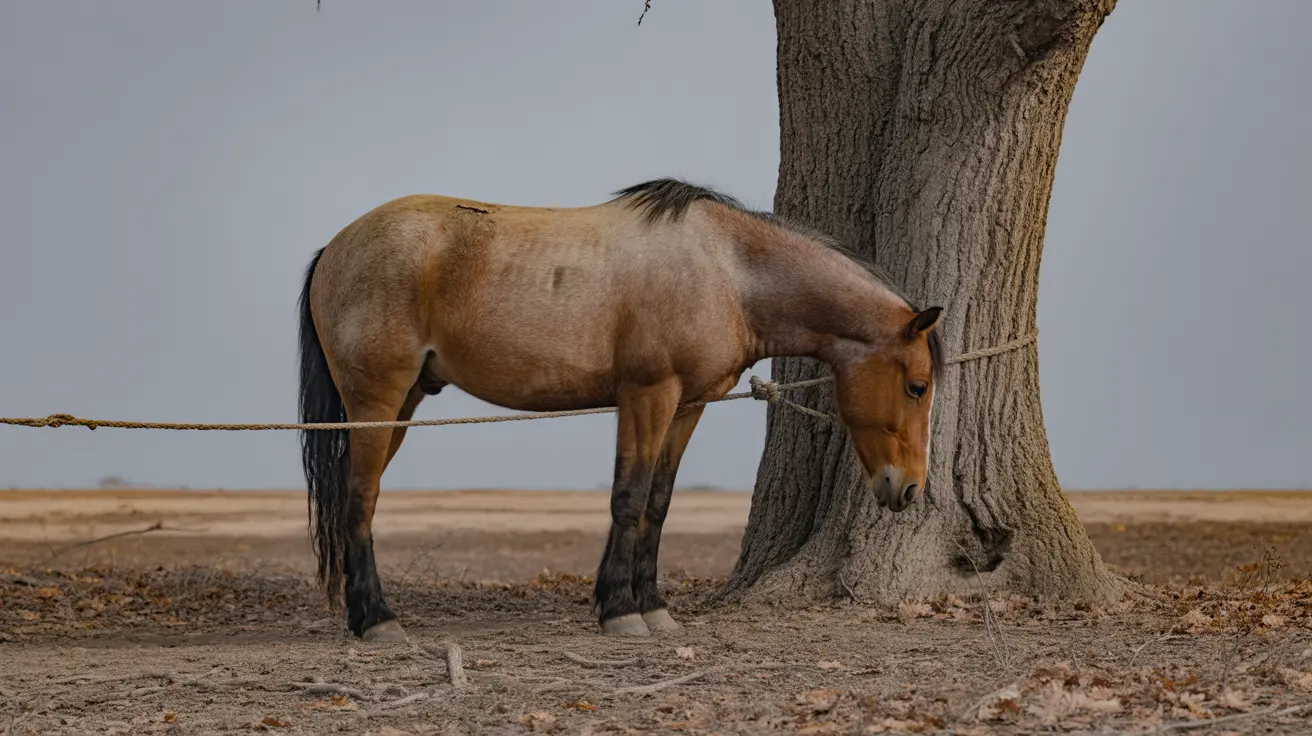Understanding Pet Scavenging: How Long Until a Dog Might Eat Its Deceased Owner?
The question of whether a beloved pet—particularly a dog—would eat its owner after death is an unsettling one. However, forensic science and real-world case studies provide evidence that such scenarios are not only possible but have occurred more than once.
Instances of dogs eating human remains typically arise under specific, often tragic, circumstances. This includes the sudden and unattended death of the pet's owner, particularly when the person lives alone. Pets can go several days without food, but desperation, confusion, and instinct may drive them to scavenge.
Forensic Case Reports and Evidence
Most information about dogs consuming deceased owners comes from
forensic investigations and reports by first responders. Though systematic studies are limited, patterns emerge from documented cases:
- Timeline of Consumption: In roughly 25% of documented cases, dogs began scavenging within 24 hours of the owner's death.
- Part of the Body: Dogs typically start with the face, neck, and upper body, particularly in indoor settings.
- Breed and Temperament: Behavior varies significantly by breed, personality, and environmental stressors.
Distinguishing Dog and Cat Behavior
Dogs tend to be more likely than cats to engage in this behavior. However, the motives go beyond simple hunger:
- Instinctual Behavior: Dogs may initially attempt to wake the owner via licking or pawing. If there's injury or blood, this could escalate to feeding.
- Emotional Distress: The transition from affection to scavenging might be driven by confusion and anxiety.
- Access to Food: Disturbingly, some cases show dogs consumed human remains despite having access to dog food.
Case Examples
Documented forensic cases provide chilling insight:
- In 1997, a German shepherd consumed part of its owner's face within hours of death, despite food being available nearby.
- Another 2007 case involved a Chow and Labrador mix living with their owner's decomposing remains for weeks, even though food was present.
These examples underscore the complex and often instinctual motivations behind pet scavenging behavior.
Why and When Do Dogs Resort to Scavenging?
Putrefaction, or the decomposition of a body, produces powerful olfactory signals that can change how animals respond to the remains. Dogs may initially avoid the body but begin eating once decomposition sets in.
Several contributing factors:
- Hunger and Isolation: Lack of access to food and extended isolation can drive pets to desperation.
- Scent Changes: As the body decomposes, it may trigger different behaviors in animals that were once submissive or affectionate.
- Protectiveness vs. Scavenging: First responders have reported dogs being protective of owners initially, even aggressive toward intruders, before later scavenging.
Challenges for Forensic Investigators
Pet scavenging can complicate death investigations. Key complications include:
- Injuries caused by pets can be mistaken for antemortem (before death) trauma.
- Chewing may alter or destroy key evidence such as wounds or toxicological samples.
- Scavenging obscures the estimated time of death.
To manage this, current forensic protocols now stress:
- Documenting the presence and behavior of pets at the scene.
- Collecting fur, saliva, or fecal samples for analysis.
- Understanding patterns of scavenging to distinguish between postmortem and antemortem injuries.
Why This Doesn’t Make Your Dog Evil
It’s essential to understand that this behavior doesn’t mean dogs are disloyal or malevolent. Most pets act out of
confusion, grief, or primal survival instincts. Many pets have been known to sit beside deceased owners for days without engaging in any scavenging.
In fact, some dog breeds display extreme loyalty. In certain cases, dogs have starved to death rather than eat their owners. These examples speak to the wide range of behaviors depending on breed, training, and circumstance.
How to Prevent Such Scenarios
Although rare, pet scavenging can be prevented or mitigated by social safeguards:
- Routine welfare checks for individuals who live alone.
- Smart monitoring tools or wellness apps.
- Neighbors, friends, or family informed about medical conditions or vulnerabilities.
For many pet owners, the idea that their animal might do such a thing is deeply disturbing. On the other hand, some express a willingness to accept it pragmatically, viewing it as a survival instinct of a beloved companion.
Conclusion
The idea of a dog eating its owner after death is dark, but rooted in real evidence. While it’s rare, and typically only occurs under extreme conditions, the phenomenon sheds light on the instinctual behavior and emotional complexity of our pet companions.
Dogs, especially, are social animals who bond deeply with their owners. When faced with abandonment in a closed environment, their behavior can shift, not out of disloyalty but out of stress, confusion, and need.
Understanding the factors that contribute to such acts not only enriches our understanding of animal behavior but may also help prevent tragic outcomes through better pet care and human support systems.





